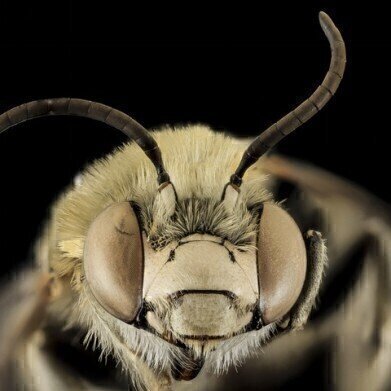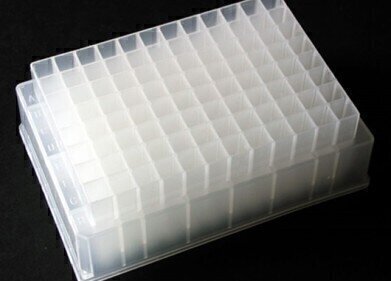Preparative
57 Varieties — Pesticides in Bees That Is
Apr 13 2016
Honey bees are an important component in sustaining life — helping to provide food for our plates and to pollinate plants. But in recent years there has been a decline in the in the bee population.
The phenomenon of deaths amongst many colonies of bees is known as Colony Collapse Disorder (CCD). With the importance of bees to our food supply and the global economy — researchers have been looking for clues to the cause of CCD. One team has applied the QuEChERS principle and developed a method to analyse bees for over 200 pesticides at once.
CCD — not a pixel in sight
CCD is a complex phenomenon. Many groups have a view on the cause of the bee population’s decline. But in reality — we don’t know. One thing that many people agree on is that it is not down to one thing — with the two main culprits generally identified as pesticides or disease causing parasites.
Varroa mites are parasites that can attack honey bees leading to the death of the colony. The mites attach to a bee’s body and suck their blood — this can lead to the bees being susceptible to viruses and diseases that can quickly spread through the colony weakening it and eventually leading to its death. Many scientists believe the parasite contributes to the cause of CCD — but for others, pesticides, used for plant protection and mite eradication, are believed to be the root cause of CCD.
Pesticides to blame?
Several studies have shown a link between pesticides and deaths in bees. As a result, the European Union has taken the decision to ban neonicotinoid pesticides — a relatively new pesticide that has also been linked to declines in the UK butterfly population.
But there are around 200 different pesticides in use around Europe, with many different chemical properties and functional groups. As they are used, any interactions between the pesticides generates new combinations that could affect bees — and other insects.
QuEChERS — not just for food and drink
To try and discover more about the links between pesticides and CCD, a team from the National Veterinary Research Institute in Poland have developed a method for determining 200 pesticides and their metabolites in bee samples. The research, published in the Journal of Chromatography A, aimed to develop and validate an analytical method useful for determining pesticides and their residues in samples from bee poisonings — and in the samples they looked at the team found 57 different pesticides.
Determining pesticides and pesticide residues in bees involves what the team describe as a difficult sample matrix. To help make the sample preparation as straightforward as possible the team used the QuEChERS method. QuEChERS was originally developed for the determination of pesticides in foodstuffs, but can be used for other samples as discussed in the article, The Applications of QuEChERS Beyond Fruits and Vegetables.
The work will help us to protect our bees — essential if you like honey with your porridge.
Image from pexels
Digital Edition
Chromatography Today - Buyers' Guide 2022
October 2023
In This Edition Modern & Practical Applications - Accelerating ADC Development with Mass Spectrometry - Implementing High-Resolution Ion Mobility into Peptide Mapping Workflows Chromatogr...
View all digital editions
Events
Apr 23 2024 Kintex, South Korea
Apr 23 2024 Seoul, South Korea
Apr 28 2024 Montreal, Quebec, Canada
May 05 2024 Seville, Spain
May 15 2024 Birmingham, UK














